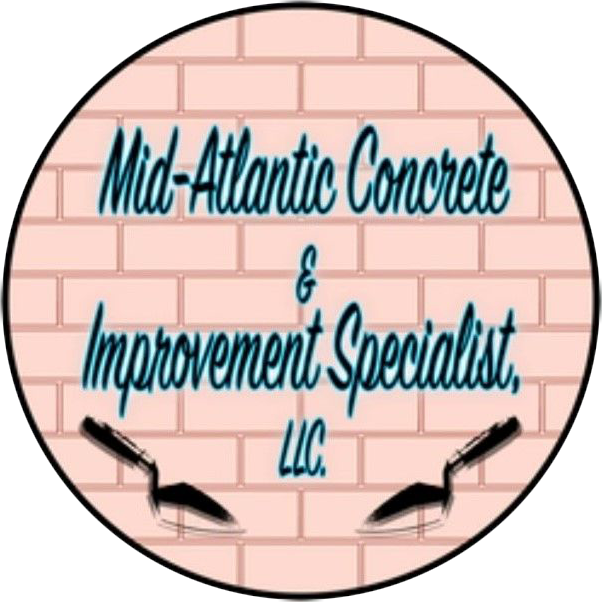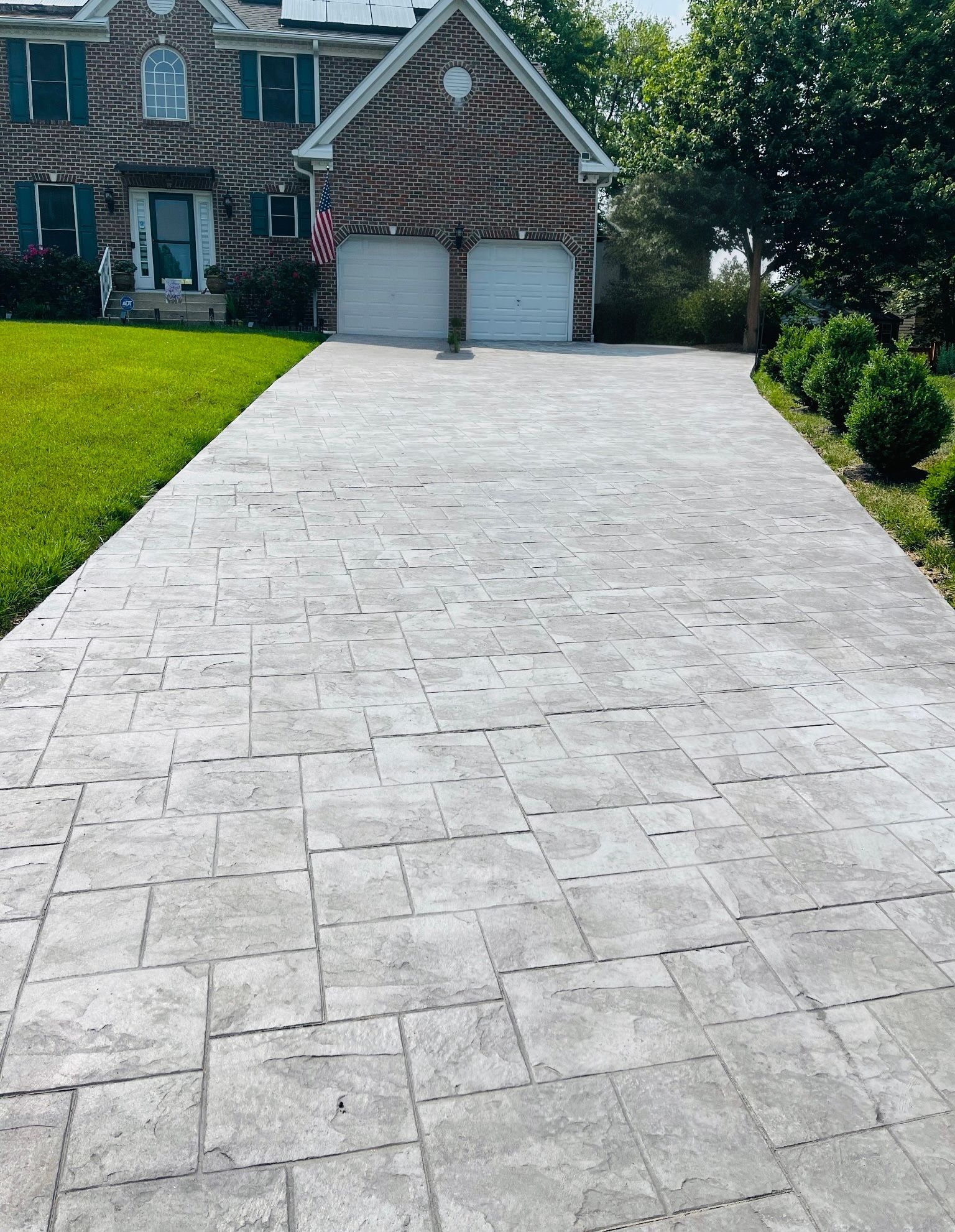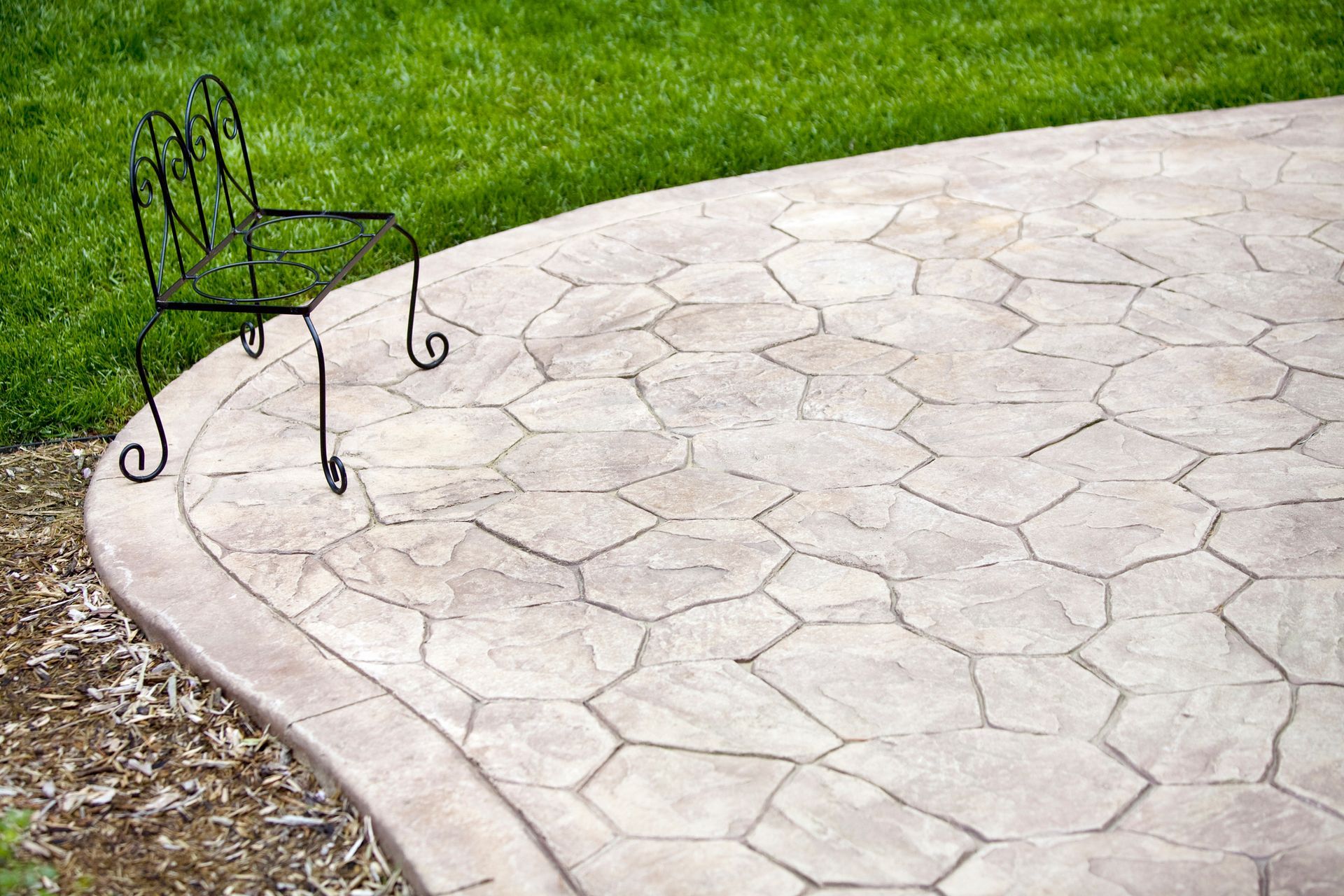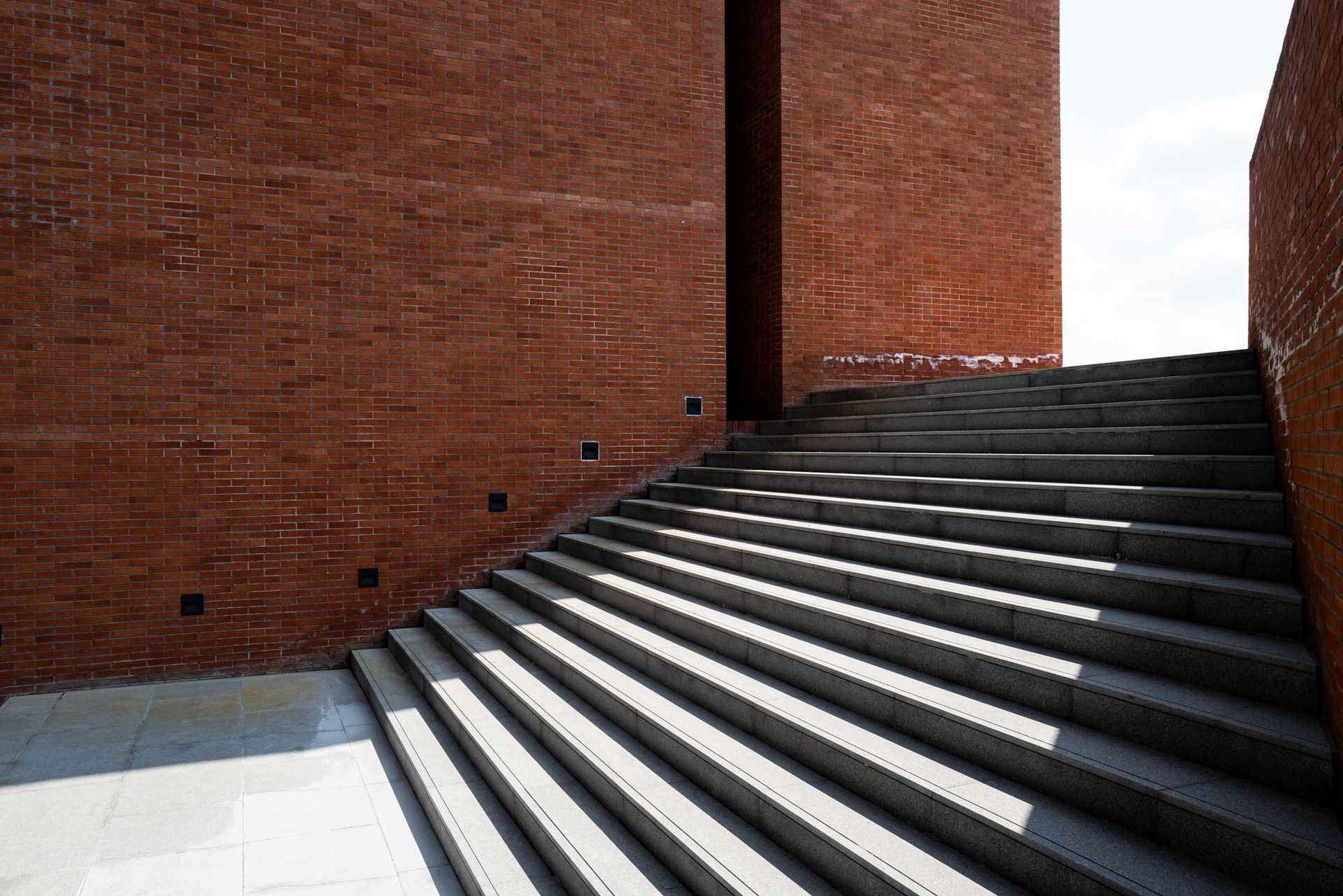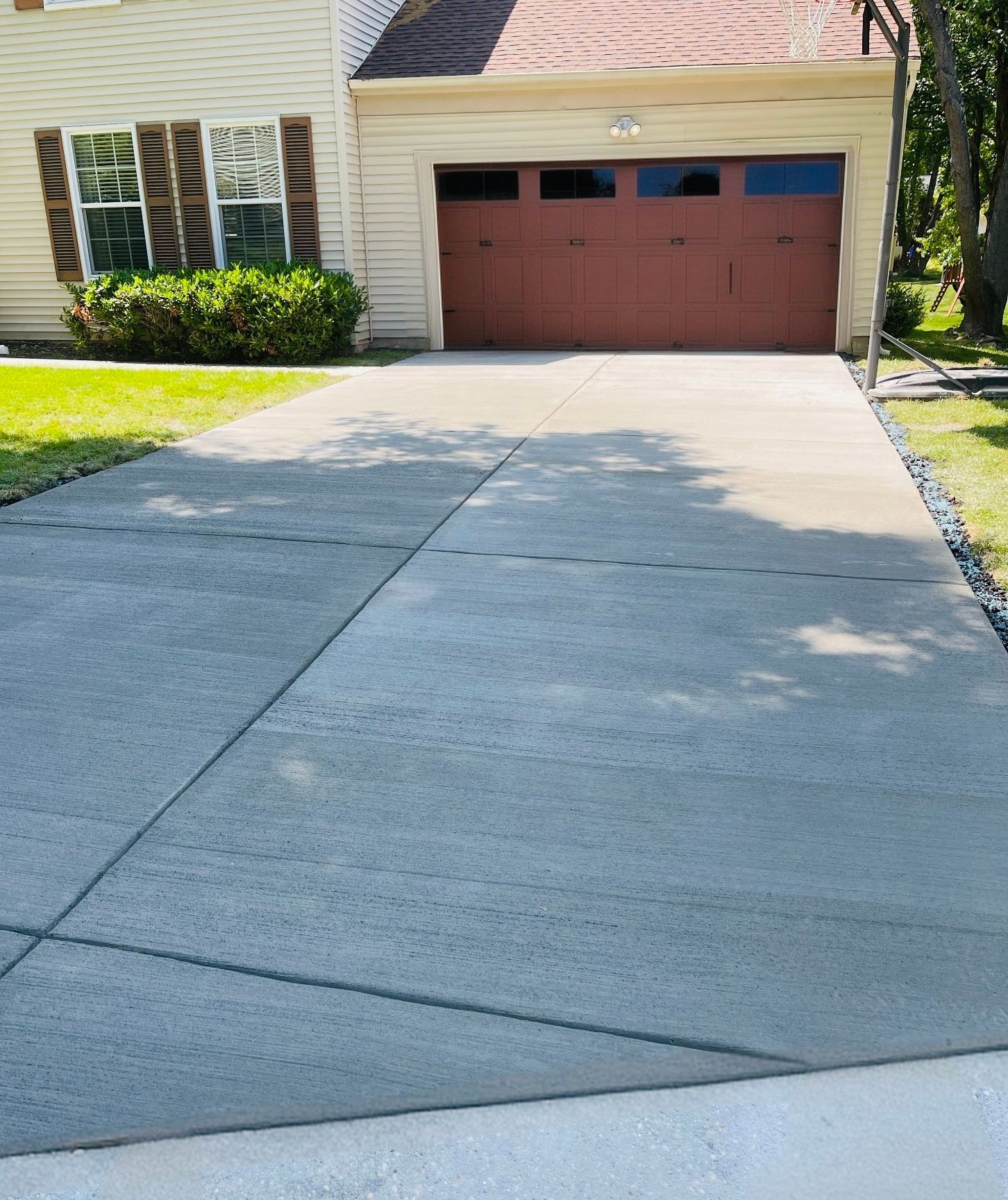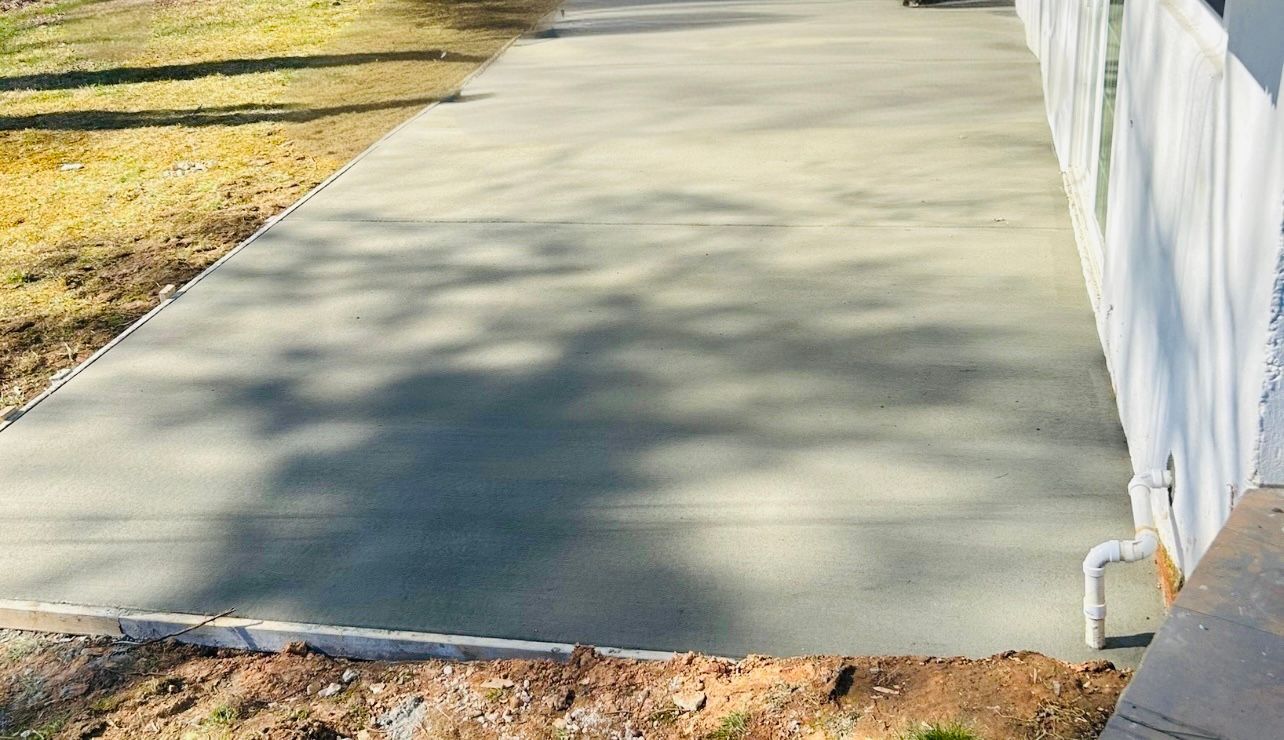Blog

By Jack McFee
•
September 8, 2024
Decorative concrete, a versatile and innovative construction material, is transforming the landscape of architectural design. It is a chameleon-like material, capable of mimicking the appearance of wood, stone, brick, and even marble, making it a popular choice for a wide range of projects. From commercial buildings to residential homes, decorative concrete is increasingly being recognized for its aesthetic appeal, durability, and cost-effectiveness. Its versatility extends from interior applications, such as countertops and floors, to exterior features like driveways and patios, offering endless design possibilities for architects, builders, and homeowners alike. The growing popularity of decorative concrete can be attributed to its myriad benefits. It is not just a practical material that withstands the test of time, but also an art form that can be molded and colored to the client's design preferences. Its range of finishes, from polished to stamped, stained to colored, enables it to cater to a wide variety of design themes and styles. Moreover, decorative concrete is environmentally friendly, often made from locally sourced materials, and requires less energy for production compared to traditional building materials. Its thermal mass properties also contribute to energy efficiency, making it an appealing option for those aiming for sustainable construction or remodeling. In the world of construction and remodeling, decorative concrete is no longer just an option—it is becoming the material of choice. As we delve deeper into the world of decorative concrete, we will explore its many facets, offering insights into its potential uses, design possibilities, and the benefits it brings to the table. The Basics of Decorative Concrete Decorative concrete, as the name suggests, is a type of concrete that can be manipulated or 'decorated' to take on an array of different appearances and textures. It is a fine blend of regular concrete with additional components to deliver an aesthetically pleasing finish. The versatility of decorative concrete lies in its ability to mimic the appearance of other materials, such as brick, stone, and wood, while maintaining the strength and durability of traditional concrete. The Basic Process of Creating Decorative Concrete The basic process of creating decorative concrete involves combining the traditional components of concrete - cement, water, and aggregate - with various additives to enhance its aesthetic appeal. These additives can include dyes, stains, or pigments that color the concrete, and hardeners or sealers that protect the concrete and add gloss or texture. The mixture is then poured and allowed to set before a finishing process is applied. This process could be stamping, polishing, staining, or overlaying, each providing a unique finish that enhances the visual appeal and functionality of the concrete. Types of Decorative Concrete There are several types of decorative concrete, each offering a different aesthetic and functional advantage. Stamped concrete, for instance, is a method that involves pressing patterns into the freshly poured concrete, creating a texture that mimics other materials like brick, stone, or wood. Stained concrete, on the other hand, involves applying a colored stain to the concrete, either before it's poured or after it's set, to give it a vibrant, unique hue. Polished concrete is created by grinding the concrete's surface with progressively finer grinding tools, which results in a slick, glossy finish that is both stunning and easy to maintain. Lastly, overlays are a method of applying a thin layer of decorative concrete over an existing concrete surface, providing a fresh, brand-new look without the need for complete removal or replacement. Decorative Concrete Versus Traditional Materials In the realm of construction, both decorative concrete and traditional materials have their distinct places. However, when it comes to durability, decorative concrete takes the lead. While traditional materials such as wood, brick, or stone may offer a certain aesthetic appeal, they often fall short in terms of longevity and resistance to wear and tear. On the other hand, decorative concrete, with its additives and finishes, can withstand harsh conditions and heavy usage, all while mimicking the look of other materials. The Cost-Effectiveness The cost-effectiveness of decorative concrete also outshines traditional materials. The initial cost of decorative concrete can be comparable or even lower than that of other materials. This affordability, coupled with its durability, means that it offers exceptional value for money. Furthermore, the long-term maintenance of decorative concrete is generally minimal, reducing ongoing costs. In contrast, traditional materials often require regular, costly maintenance to keep them in good condition. The Environmental Impact A factor often overlooked in construction materials selection is the environmental impact. Decorative concrete proves to be a more environmentally friendly choice compared to traditional materials. Since it is made from abundant and locally available materials, it reduces the need for transportation and thus, the carbon footprint. Moreover, the longevity of decorative concrete means less frequent replacement, leading to less waste over time. Thus, when compared to traditional materials, decorative concrete emerges as a superior choice in terms of durability, cost-effectiveness, and environmental impact. Applications of Decorative Concrete Residential Properties In the realm of residential properties, decorative concrete has found a place in various applications ranging from driveways to interior floors, patios, and even kitchen countertops. The beauty of this material is its ability to mimic other surfaces such as brick, stone, and wood, while offering superior durability and cost-effectiveness. The driveway, often the first impression of a home, can be transformed from a dull, gray slab into a stunning and welcoming entrance. Similarly, patios can be revamped into personal oases with the help of decorative concrete. Inside the house, the versatility of this material allows it to seamlessly blend into any interior design theme, making it an excellent choice for floors and countertops. Commercial Uses Moving on to commercial uses, decorative concrete's aesthetic appeal, and resilience make it a sought-after material in diverse settings. Restaurants and shops often incorporate this versatile material into their design to create a unique ambiance. The ability to customize the color, pattern, and texture of decorative concrete allows these establishments to reflect their brand identity in their physical spaces. Additionally, decorative concrete is finding increased use in building exterior facades and public spaces. Its resistance to weather and heavy use, combined with its low maintenance requirements, make it an ideal material for such applications. The Creative Applications of Decorative Concrete The creative applications of decorative concrete are only limited by one's imagination. Innovative use of this material can result in stunning 3D effects, faux finishes, and unique color combinations. Utilizing advanced techniques, artisans can create illusions of texture and depth, adding a new dimension to the aesthetic appeal of a space. Faux finishing techniques can replicate the look of natural materials like marble or stone, providing a cost-effective yet visually appealing alternative. The ability to mix and match colors also allows for the creation of unique, eye-catching designs, truly showcasing the versatility of decorative concrete. Care and Maintenance of Decorative Concrete Routine Care for Decorative Concrete In the realm of decorative concrete , longevity, and aesthetics go hand in hand. To preserve the beauty and functionality of this versatile material, a certain level of care and maintenance is necessary. Routine care for decorative concrete is quite straightforward. Regular sweeping and washing can prevent the buildup of dirt and debris that might dull the surface. What to Use and Not for Cleaning Using a mild detergent in a bucket of warm water should suffice for most cleaning tasks. For stubborn stains, a non-abrasive commercial concrete cleaner can be used. Avoid using harsh chemical cleaners, as these can damage the concrete's surface. Sealing is an excellent preventive measure to protect your decorative concrete from harsh weather conditions, UV rays, and stains. A high-quality sealer can provide a protective layer that enhances the color and texture of the concrete while making it easier to clean. It's recommended to reapply the sealer every few years, or as needed, based on wear and tear. This is especially important in high-traffic areas or areas exposed to harsh weather conditions. Decorative Concrete Repairing Despite our best efforts, scratches or damage to decorative concrete may occur over time. The good news is, that these can typically be repaired without requiring a complete replacement of the concrete. Small cracks or chips can be filled with a matching concrete patch product. For larger repairs, or if the damage is beyond your comfort level for DIY repairs, it's best to seek out a professional. They can assess the extent of the damage and recommend the best course of action to restore your decorative concrete to its original beauty. Remember, the versatility of decorative concrete doesn't just lie in its aesthetic appeal and variety of applications. Its durability and ease of maintenance are equally important, making it an excellent choice for both residential and commercial spaces. Conclusion In summary, decorative concrete thrives not only in its aesthetic versatility but also in its practicality. It offers a diverse array of design options, from intricate patterns to vibrant colors, that can be tailored to any style or mood. This makes decorative concrete a favorite for both commercial and residential spaces seeking a unique touch. It's not just about looks, however. Decorative concrete is also known for its durability and low maintenance. With simple routine care like sweeping and mild detergent washing, it can maintain its beauty for years. Plus, damages such as scratches or chips can be easily repaired, further demonstrating its robustness. Looking ahead, the future of decorative concrete appears bright. As sustainable and efficient construction materials become more important, decorative concrete, with its longevity and minimal upkeep, is poised to become even more popular. Moreover, advancements in concrete technology continue to open up new possibilities. We might see even more complex designs, innovative textures, and environmentally friendly concrete mixes in the future. To conclude, the versatility of decorative concrete extends far beyond its aesthetic appeal. Its durability, low maintenance, and potential for future innovation make it a prime choice for any construction project. Whether you're renovating a commercial space or personalizing a residential area, decorative concrete can provide a unique, durable, and practical solution. Unlock the potential of your space with Mid Atlantic Concrete And Improvement Specialist LLC. Discover the boundless versatility of decorative concrete as we transform your floors, driveways, and more into stunning works of art that enhance both beauty and functionality. Name, Address, and Phone Mid Atlantic Concrete And Improvement Specialist LLC. 7643 Paradise Beach Rd, Pasadena, MD, 21122, US 443-639-0840
Content, including images, displayed on this website is protected by copyright laws. Downloading, republication, retransmission or reproduction of content on this website is strictly prohibited. Terms of Use
| Privacy Policy
